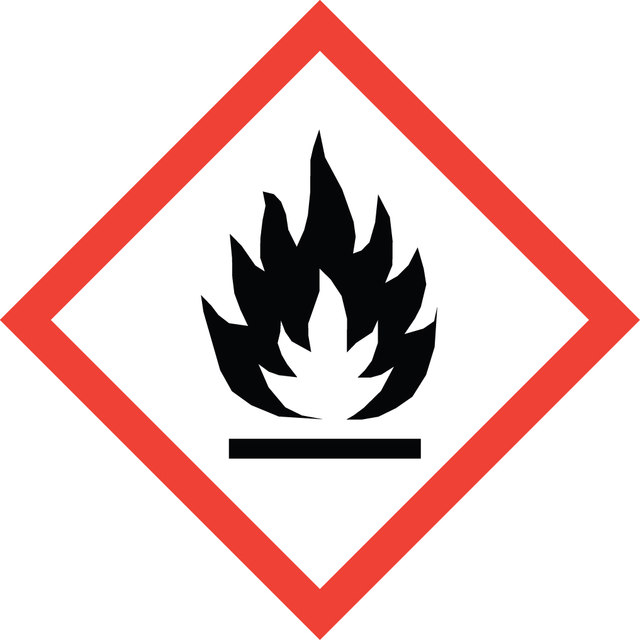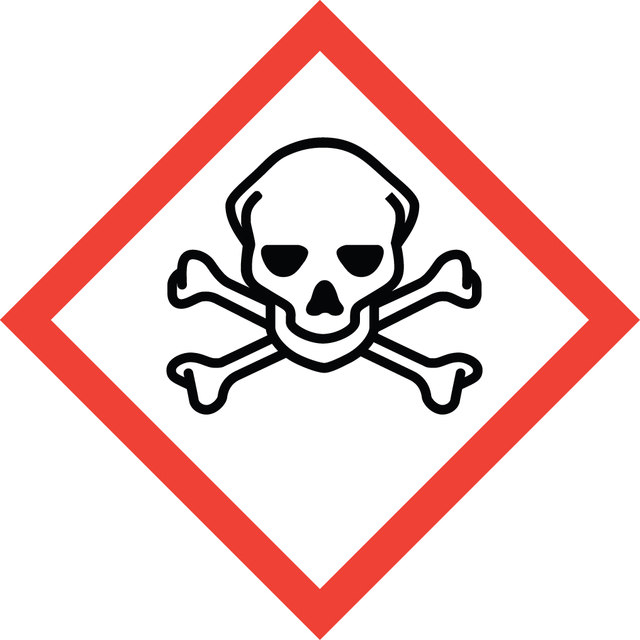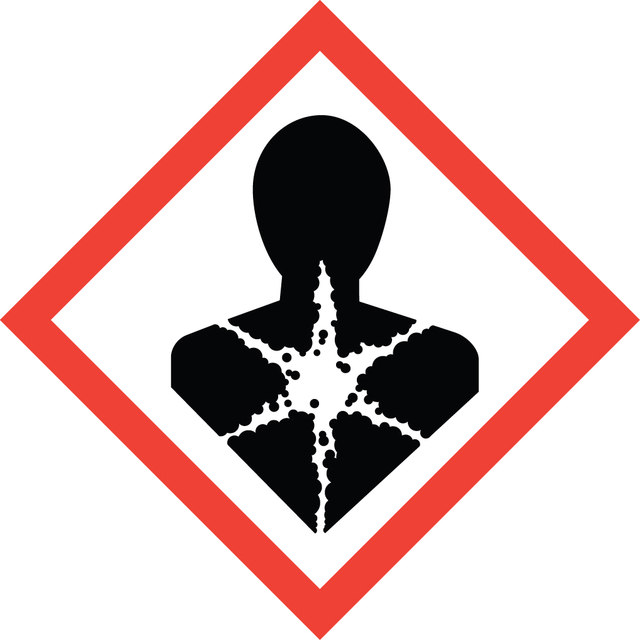179957
Methanol
≥99.6%, Laboratory Reagent grade
Synonym(s):
Methyl alcohol
Sign Into View Organizational & Contract Pricing
Select a Size
Select a Size
Change View
About This Item
Linear Formula:
CH3OH
CAS Number:
Molecular Weight:
32.04
Beilstein:
1098229
EC Number:
MDL number:
UNSPSC Code:
12352104
eCl@ss:
39020101
PubChem Substance ID:
NACRES:
NA.05
Grade:
Laboratory Reagent
Bp:
64.7 °C (lit.)
Vapor pressure:
410 mmHg ( 50 °C)
97.68 mmHg ( 20 °C)
97.68 mmHg ( 20 °C)
Product Name
Methanol, Laboratory Reagent, ≥99.6%
grade
Laboratory Reagent
Quality Level
vapor density
1.11 (vs air)
vapor pressure
410 mmHg ( 50 °C)
97.68 mmHg ( 20 °C)
Assay
≥99.6%
form
liquid
autoignition temp.
725 °F
expl. lim.
36 %
dilution
(for analytical testing)
Looking for similar products? Visit Product Comparison Guide
General description
Methanol is an industrially important alcohol. Its thermochemical conversion to C2-C10 hydrocarbons in the presence of shape-selective zeolites has been reported. Its oxidation on Ru-Pt catalyst system by ruthenium ad-atoms has been proposed. It participates in the purification step during the synthesis of pyocyanin, a toxic compound found in Pseudomonas aeruginosa.
Methanol is an organic solvent that can be synthesized from syngas in the presence of CuO/ZnO/Al2O3 catalysts. It is an ideal candidate as a hydrogen source in fuel cell technology due to its high H/C ratio, low propensity for soot generation, relatively low reforming temperature and as it exists in liquid state at room temperature. In a direct methanol fuel cell (DMFC), methanol undergoes oxidation with air to generate electricity. The olefins (ethylene or propylene) formed from methanol via MTO (methanol-to-olefins) process, can be an alternative to oil and gas to produce hydrocarbon fuels.
Application
Methanol may be used to compose the binary mixtures with acetonitrile in a study. Experimental evaluation of the values of dielectric constant and dielectric loss of these binary mixtures at microwave frequencies at 300°C has been reported.
Signal Word
Danger
Hazard Statements
Precautionary Statements
Hazard Classifications
Acute Tox. 3 Dermal - Acute Tox. 3 Inhalation - Acute Tox. 3 Oral - Flam. Liq. 2 - STOT SE 1
Target Organs
Eyes,Central nervous system
Storage Class Code
3 - Flammable liquids
WGK
WGK 2
Flash Point(F)
49.5 °F - closed cup
Flash Point(C)
9.7 °C - closed cup
Choose from one of the most recent versions:
Already Own This Product?
Find documentation for the products that you have recently purchased in the Document Library.
Our team of scientists has experience in all areas of research including Life Science, Material Science, Chemical Synthesis, Chromatography, Analytical and many others.
Contact Technical Service

